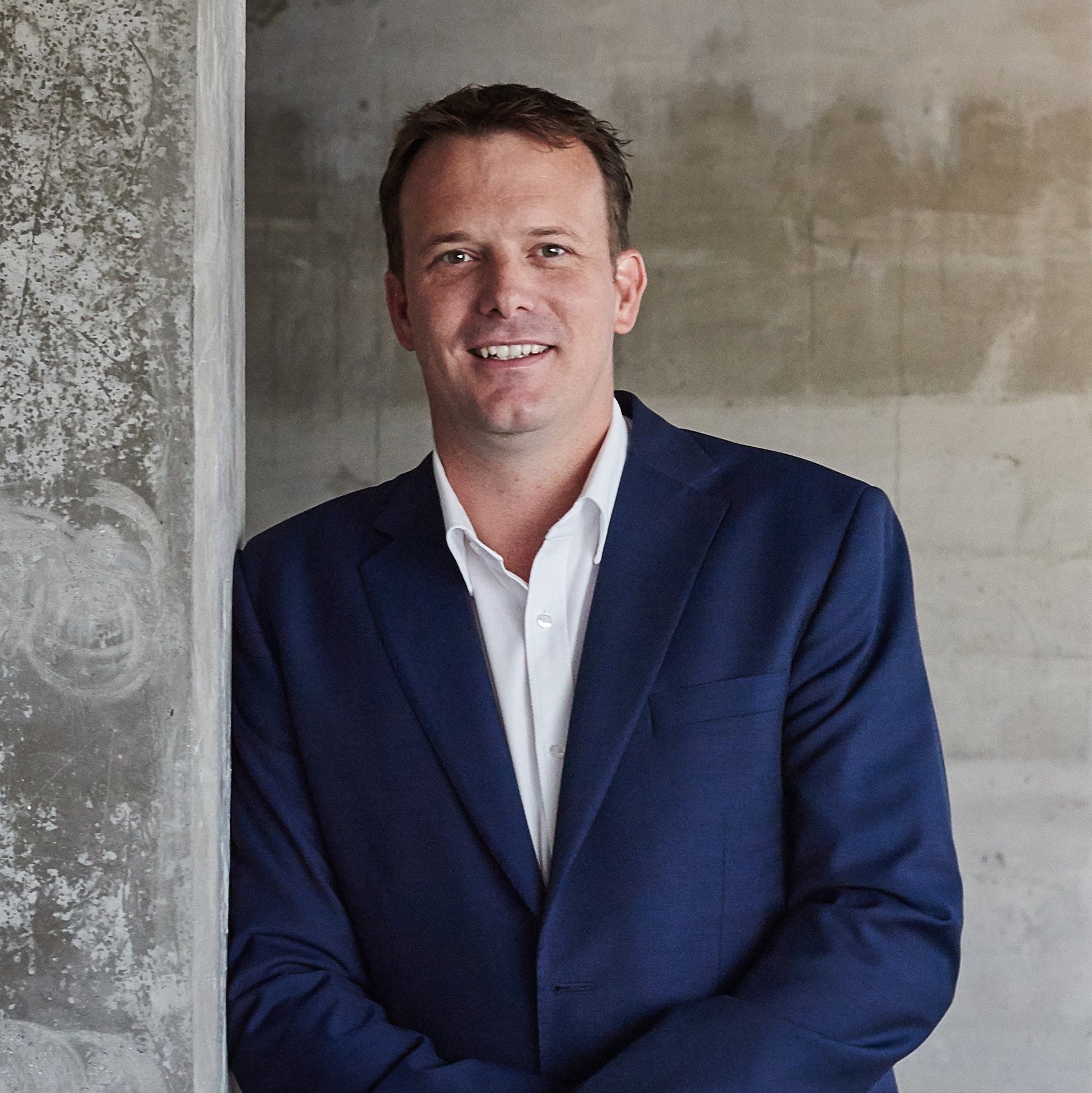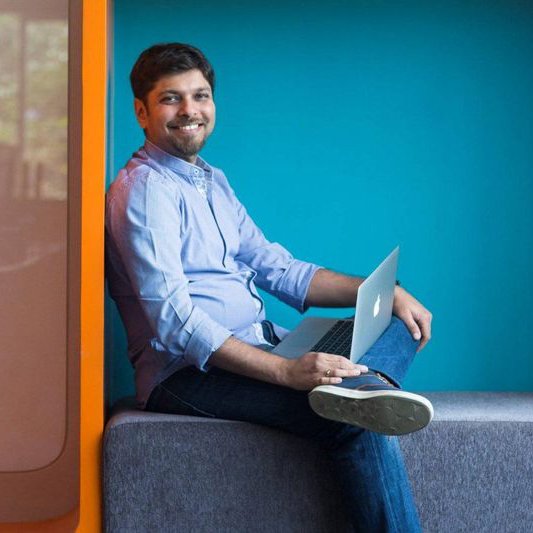We spoke to a few of the leaders from the local A+D community to learn how they are managing to function as virtual studios and offices.

We spoke to a few of the leaders from the local A+D community to learn how they are managing to function as virtual studios and offices.

Microsoft Teams is our predominant remote working software. We also put a Roar ‘remote working policy’ in place which highlights five key aspects. Number one is Responsiveness – this is crucial when working remotely. We have to be responsive to clients’ emails, colleagues’ emails, Whatsapps and team messages. Number two is Ergonomics – we encouraged everybody to take their monitor screens and task chairs home. The last thing we want is massive physiotherapy bills. Site visits were a tough one because we have four projects ongoing, so we have limited communication to video conferencing, but at the handover stage, certain sanitisation requirements have been put in place on the site, we keep a minimum distance, and adjust our visit schedules to make sure there’s no overlap. On the social front, we started lunchtime video chats for a catch up, some of our colleagues don’t have family here, and we want to make sure they don’t feel isolated or alone at this time. Lastly, and most important for our office, is our snacking culture! We have encouraged people to not let go of that, I have even stocked my own drawer full of snacks and coffee pods. So far, what we’ve realised is that we are actually very productive. Just cutting down the commute and meeting time has given us extra space in the day to either exercise or meditate or read – whatever our individual priorities may be. In many ways, it has brought us together as a work family.

Each department has put together a schedule that details out exactly when there will be virtual communications throughout the day, in order to ensure our people feel supported and motivated. And to transition into distance working, we also issued a ‘work from home policy’ with tips that will make the mental impact of this huge change to their day-to-day lives a whole lot easier. It includes guidelines, such as treating work from home like a real job, and doubling up on communication, as well as maintaining a positive vibe. Having a clear set of expectations and a solid communication strategy between you and your managers/co-workers is key. We recommend messaging at a set time in the morning and late afternoon to let your manager and colleagues know you are online and offline. Chat and conferencing apps like Microsoft Team and Zoom are great tools for this, plus they make you feel less isolated at home. And always try to keep a positive vibe going. Last year, a study of 2,500 remote workers by online brand development agency, Buffer, found that loneliness was the second-most reported challenge experienced by 20 percent of respondents. It can make people feel less motivated and less productive. By keeping your spirits up, listening to music, performing desk-exercises, and interacting with colleagues, this temporary confinement won’t be so difficult.

ANARCHITECT has long embraced technology to support communication, remote working, conference calling, and daily site communication for our various and diverse projects across four continents. We use Microsoft Teams for video conference calling between our team members internally, with strong focus on our morning video meetings. The sense of regularity and seeing everybody’s faces strengthens our team’s spirit and enhances our sense of community – knowing and seeing that we are all in this together. All meetings with clients, suppliers and consultants are held via conference calls, whether via Microsoft Teams, Skype or Zoom, based on their preference. Having many of these practices implemented for a couple of years now and being a boutique, agile practice, has really helped us navigate through the current global business challenge.

dwp made critical changes to it’s core technologies in 2018 and 2019 to become a 100 percent, cloud based, digital design business. Gone are the fixed desks and cubicles; dwp’s business can now be conducted from anywhere. Currently over 50 percent of our 320 odd staff work remotely, and this will increase over the next few weeks, creating a global virtual design studio. Our technology platforms facilitate real-time co-working in shared BIM models, using Autodesk’s cloud-based Revit and BIM360. This also allows us to work with real time visualisations tools, such as EnScape. In addition, all dwp staff, customers and consultants use Google Chat and Meet conference, and 3CX telephone systems for remote meetings, presentations, project reviews, etc. Operating in this way means that employees will no longer have to be physically present in the office to conduct board meetings and brainstorming sessions, allowing meeting presence from multiple, remote locations. We meet daily at 8.30 and 5.00 pm to discuss the tasks for the day using chat and video. I see this move towards full digitalisation as an opportunity to help clients also see a vision of a workplace beyond its current constraints, and focus on effective ways of working using digital and wireless tools enabled by 5G. With a promise of immediate interaction of technologies and devices, and movement of large amounts of data with no noticeable delay, a 5G network-enabled office is the next evolutionary step in a truly wireless workplace.

“As interior fit out is mainly a site-based activity, there are several challenges when it comes to the standard protocol adopted by other industry sectors. Provisions in terms of equipment have been made to all staff to facilitate remote working, especially the project support team, whose work responsibilities do not mandate presence at the site or at the office. Where physical presence is deemed mandatory, employees have been provided shorter working hours and alternative shifts to avoid personnel accumulation within the same space during the same span of time. The project managers are now remotely coordinating via emails & Skype with the technical team, the material submission team, the procurement team and the HSE team. And wherever applicable, project managers have also started conducting third party site meetings via Skype, mainly with the clients, consultants, operators, subcontractors and other stakeholders. Meanwhile, HR is keeping staff continuously informed through awareness emails and training sessions. An open call arrangement with HR is also encouraged for any related physical or mental grievances.”

Ensure that your infrastructure supports your work from home efforts. Have the necessary software installed in your computer and if you work on processor heavy programs, such as Autocad, check if you can take your desktop home. Some companies allow access to their office network-hosted file systems remotely, but do make sure sure you have the right internet speed to download large volumes of project files. For other smaller enterprises, consider moving your project storage to the cloud – dropbox, Google Drive, OneDrive are great solutions. For your sales, projects and specification management, consider cloud-based systems like Deltek’s offerings, or .STUDIO

Conversations are the most natural way people communicate. Humans have evolved telling stories over the last 80,000 years. No wonder texting is so addictive. We believe that communication is the fabric of workplace productivity. Conversations are how we share ideas, discuss solutions, spread knowledge and inspire people. All things start with a conversation and end with one.

Whilst tools and software play a big role in our daily processes, such as file sharing and project management through Monday and Dropbox, creative collaboration is where our strength lies. Being able to have meaningful conversations is key for any successful innovative project outcome. Skype and Google hangouts do provide collaborative tools with their file and screen sharing services, which help immensely when working remotely with teams in multiple countries. Maintaining culture, especially in times like these, is a collective effort, which is also instilled in our brand DNA. Understanding everyone’s needs within the organisation, and accommodating these needs, will ultimately lead to a more productive work environment. Any good collaboration is based on relationships and skillset, and we aim to build this through on- and offline conversations, as well as providing solutions to reassure employees. Making people feel confident within the organisation and having their backs fosters loyalty. In current times, we require this kind of group mentality and focus to pull our organisation through!